Lane-splitting Legal in California

Lane-splitting was not explicitly illegal or legal in California. Because it wasn’t forbidden, the California Highway Patrol allowed it most of the time. But it was always controversial. We reported on a study done in California that addressed safety issues. Click here to read our post. The California Highway Patrol included guidelines on lane-splitting both on its website and in the DMV’s Motorcycle Handbook so that motorcyclists could lane-split more safely and so that drivers would be aware that the practice was legal and be on the look-out for motorcycles who were lane-splitting.
A citizen complained that, by issuing those guidelines, the CHP was making laws—and they don’t have the authority to do that. So, the CHP pulled the guidelines.
Enter California Assembly member Bill Quirk, a Democrat from Hayward, and Tom Lakey, a Republican from Palmdale and former CHP officer. They introduced a bill that would have allowed motorcycles to go no more than 15 miles an hour faster than the stalled traffic and always less than 50 miles an hour.
Two groups howled. Some motorcycle enthusiasts thought the speed limits were too low. Other people, who believe lane-splitting is dangerous at any speed, just generally objected.
So, Quirk amended the bill to simply define the term “lane” and to authorize the CHP to set speed limits and other guidelines. That bill passed the Assembly (69 to zip) and was signed by Governor Jerry Brown.
The CHP Guidelines say the lane-splitting is legal in California when it’s done in a safe and prudent manner. Motorcyclists may drive between the lanes when traffic is stopped or slow-moving or is stopped at a stoplight. However, they must follow the guidelines.
Only riders with a “high level of competency and experience” should lane-split.
Riders should travel no more than 10 miles an hour faster than traffic, which should allow an alert, competent rider time to identify and react to most of the dangerous situations that can arise.
The CHP advises against lane-splitting at speeds higher than 30 miles per hour because crash severity increases and the distance traveled while reacting increases with speed.
It’s best to split between the two leftmost lanes and avoid splitting in lanes close to ramps. If another motorcyclist is lane-splitting, don’t use another lane to do it. Drivers may move over to avoid the first motorcycles and reduce your space. If you can’t fit, don’t split. Maybe the lanes are small or maybe your bike has a wide fairing. Whatever the cause, if you can’t fit, don’t split.
Don’t linger in blind spots, weave around cars, or drive impaired. Do be hyper-alert to all the cars around you. Do be as visible as possible and don’t rely on loud pipes to announce your presence.
You can find the complete guidelines here.
Lane-splitting can improve motorcycling safety. According to an article in the San Francisco Examiner, over a quarter of all motorcycle-involved collisions involve a car or truck rear-ending a motorcycle that is stopped in heavy traffic, and, it’s possible that 18,000 collisions could be avoided and 170 lives could be saved every year if lane-splitting were legal in all states.
The biggest danger to motorcyclists who are lane-splitting seems to be other drivers. In a survey done in 2012, two out of three motorcyclists said that while they were lane-splitting, at least one time a car had intentionally blocked their path—which could cause an accident. Education is the only way to solve that. When drivers realize that lane-spitting actually reduces congestion, we’ll all be on the same page.
The new guidelines in California are an opportunity for lawmakers in other states to see what happens (and what doesn’t happen) and provide a model for action, if the voters want it.
Let us know what you think about lane-splitting on the Eagle Leather Facebook page!





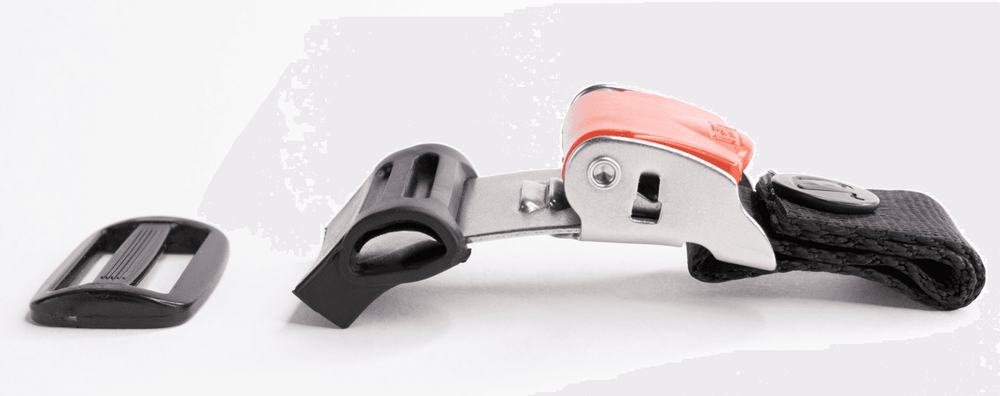
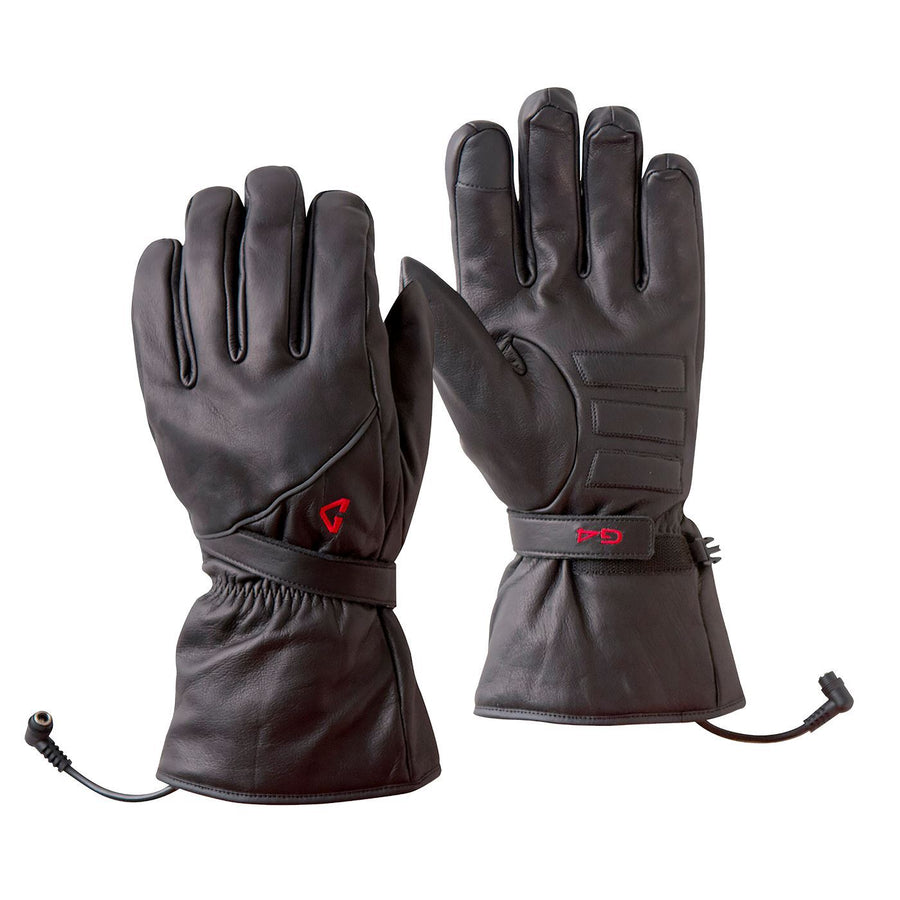

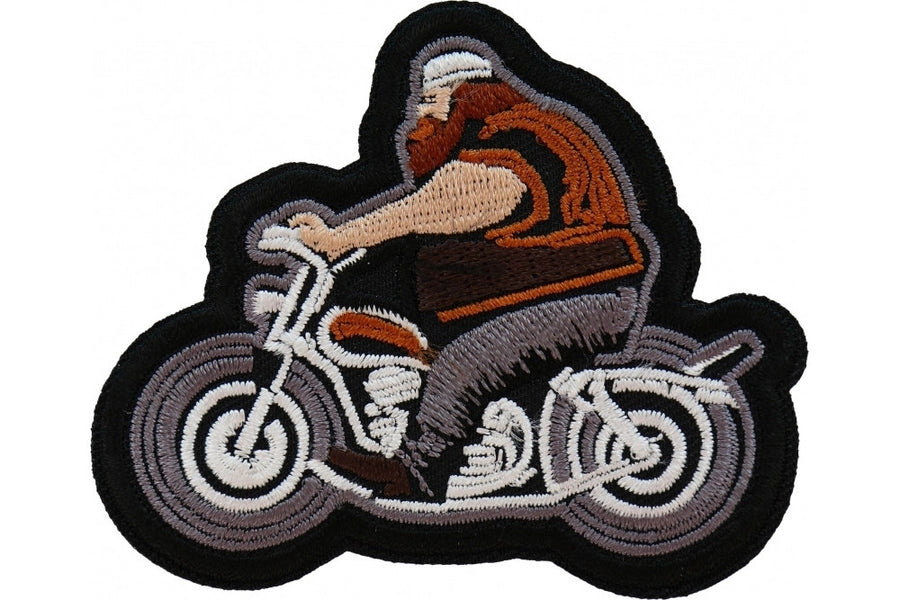

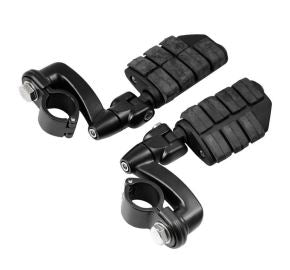


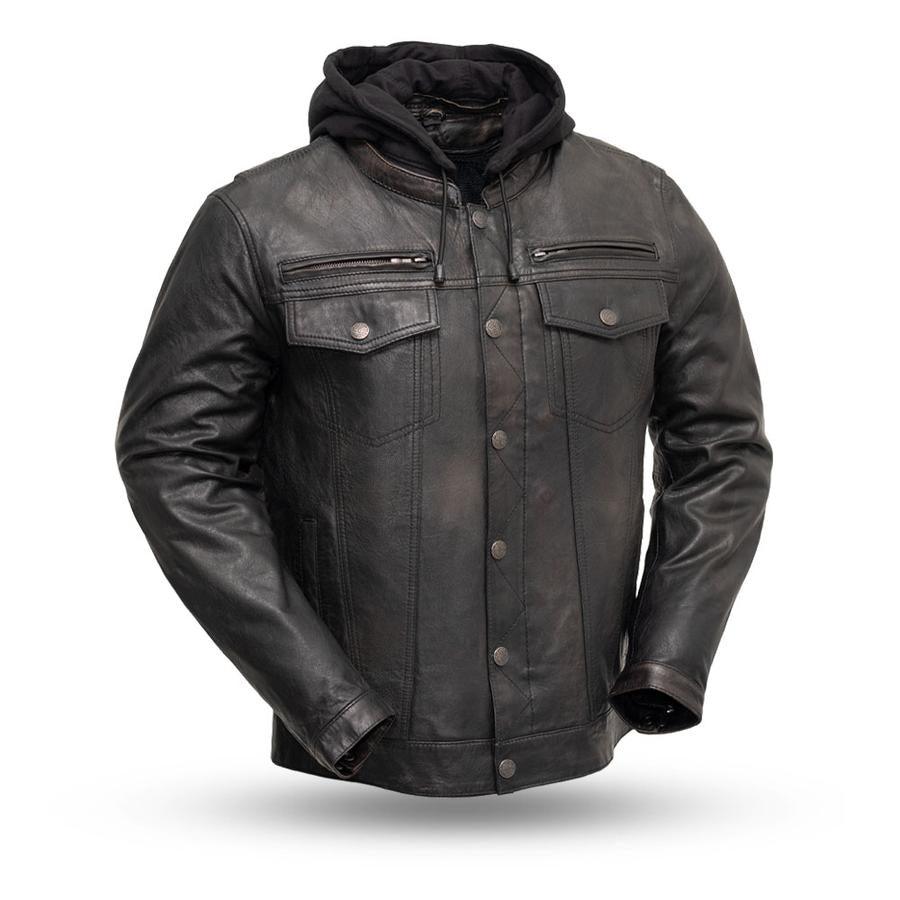
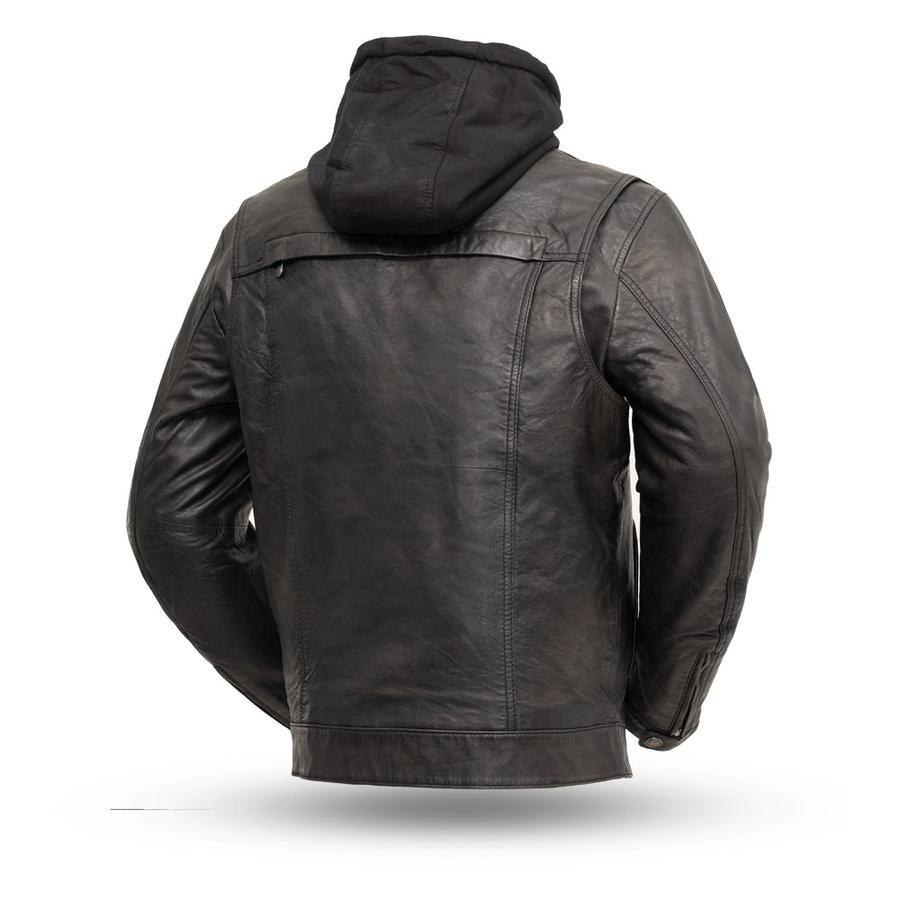
Leave a comment